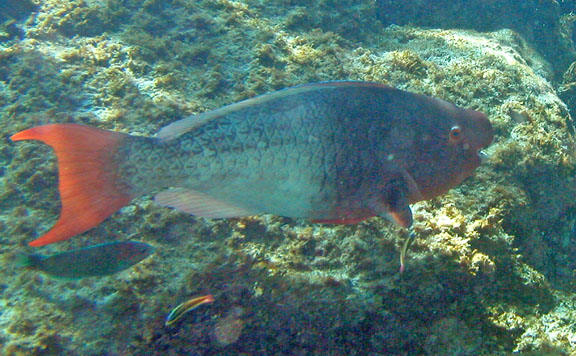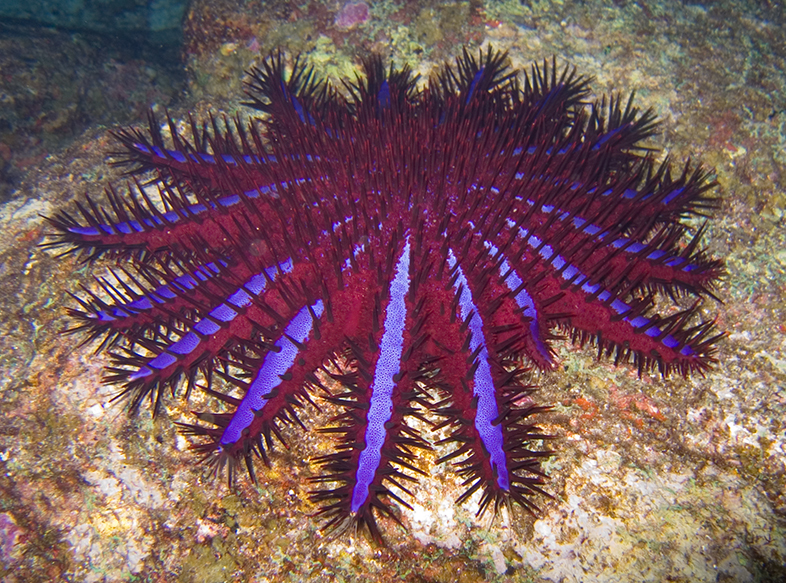My dad is completely obsessed with seafood. For most of my life, I had to eat fish for almost every dinner because that was all my dad would ever eat. Even when we went out to eat for lunch or dinner, he would always suggest going to a seafood restaurant like Red Lobster or Pappadeaux. When I asked him why he loved seafood so much, he said he's simply used to eating seafood since it was all he ate while he was growing up in the Philippines. He
told me that he lived in Kalibo, the coastal capital of the province of
Aklan, and that the seafood there was better and more varied than any seafood you could get anywhere
else. At the time, I thought he might have just been exaggerating.
However, after discovering in lecture that the Philippines is surrounded by an
aquatic region called the Coral Triangle, I am beginning to think that maybe there was some truth in what he said.
 |
| Coral Triangle Reef |
Home to hundreds
of species of coral and thousands of different types of fish, the Coral
Triangle contains some of the most diverse ecosystems in the world. Countries
such as the Philippines highly depend on the Coral Triangle for resources such
as food, which explains why my dad claims that all he ate was fish while living
in the Philippines. The problem is that factors such as growing populations and
increased trade are leading to overfishing, which is putting stress on fragile
coral ecosystems.When it comes to
coral reefs, energy flow from producers (corals, algae) to consumers (fish,
starfish, etc.) is highly conserved. Overfishing throws the energy balance off,
causing the rapid growth of some organisms and the death of others. For
instance, the removal of damselfish that feed on specific types of algae can cause a reef to become overrun with algae and kill off corals due to heavy algal competition.
To prevent these kinds of disasters, a good part of the Great Barrier Reef is now considered a marine park and is protected by strict regulations on the removal of any wildlife. And although there are some marine parks within the Coral Triangle, I think that many more are needed. Some may argue that protecting more areas would create a strain on human populations that live and depend on seafood, but one must also take into account that continued overfishing may result in the complete loss of the marine ecosystems that provide the food. In addition, tourism in countries such as the Philippines and Indonesia will also be negatively affected by dwindling biodiversity since many people travel to these countries just to experience the wonder that is the Coral Triangle. So all in all, to continue reaping the benefits these coral reefs can bring, it is important to focus on their conservation.




